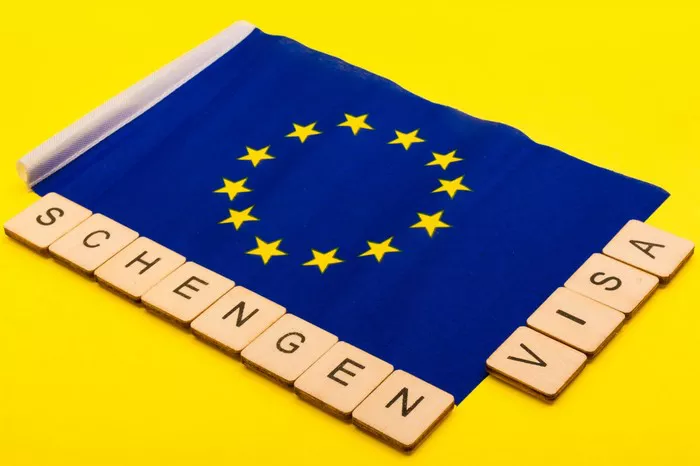Travelling to Europe is a dream for many individuals worldwide. With its rich history, diverse cultures, and stunning landscapes, Europe attracts millions of tourists each year. For citizens of countries outside the European Union (EU), visiting Europe often requires obtaining a Schengen visa. This article aims to provide a comprehensive overview of the costs associated with obtaining a Schengen visa, including application fees, additional expenses, and considerations for budget travelers.
What is a Schengen Visa?
The Schengen Area comprises 26 European countries that have abolished passport and any other type of border control at their mutual borders. These countries include popular tourist destinations such as France, Italy, Spain, Germany, and Greece. A Schengen visa allows travelers to visit any (or all) of these countries during a single trip, without the need for separate visas for each country.
Application Fees
The cost of a Schengen visa varies depending on several factors, including the applicant’s age, nationality, and the type of visa being applied for. As of [current date], the standard Schengen visa fee for adults is €80 (approximately $90 USD). For children between the ages of 6 and 12, the fee is reduced to €40 (approximately $45 USD). Children under the age of 6 are usually exempt from paying the visa fee.
It’s important to note that these fees are subject to change, and applicants should always check the latest information on the website of the embassy or consulate where they plan to apply.
Additional Expenses
In addition to the visa application fee, there are several other expenses that applicants may need to consider:
1. Travel Insurance: Most Schengen countries require visitors to have travel insurance that covers medical expenses and repatriation for the duration of their stay. The cost of travel insurance can vary depending on factors such as the applicant’s age, the duration of the trip, and the level of coverage required.
2. Transportation: Travelers will need to budget for transportation to and from the Schengen Area, as well as transportation within Europe. This may include flights, trains, buses, or rental cars, depending on the traveler’s itinerary.
3. Accommodation: The cost of accommodation can vary widely depending on the traveler’s preferences and the cities they plan to visit. Options range from budget hostels to luxury hotels, and prices can fluctuate based on factors such as location, time of year, and availability.
4. Food and Entertainment: Travelers should budget for meals, sightseeing, and other activities during their stay in Europe. The cost of food and entertainment can vary greatly depending on the destination, with major cities generally being more expensive than rural areas.
5. Visa Application Assistance: Some travelers may choose to enlist the help of a visa application service or consultant to assist with the Schengen visa application process. While this is not a mandatory expense, it can be helpful for those who are unfamiliar with the process or who require additional support.
Considerations for Budget Travelers
For budget-conscious travelers, there are several strategies that can help minimize the cost of obtaining a Schengen visa:
1. Plan Ahead: Start the visa application process well in advance to avoid rush fees or expedited processing fees. Additionally, booking flights and accommodations early can often result in lower prices.
2. Compare Travel Insurance Policies: Shop around to find the best deal on travel insurance that meets the requirements of the Schengen visa. Consider factors such as coverage limits, deductibles, and exclusions when comparing policies.
3. Opt for Budget Accommodations: Consider staying in budget accommodations such as hostels, guesthouses, or vacation rentals to save money on accommodation costs.
4. Use Public Transportation: Take advantage of public transportation options such as trains and buses, which are often more affordable than taxis or rental cars.
5. Research Free or Low-Cost Activities: Look for free or low-cost activities and attractions in the cities you plan to visit. Many museums, parks, and cultural sites offer free admission on certain days or times.
Conclusion
Obtaining a Schengen visa involves various costs, including the visa application fee, travel insurance, transportation, accommodation, and other expenses. By understanding these costs and planning accordingly, travelers can ensure a smooth and budget-friendly experience when visiting Europe. Additionally, budget-conscious travelers can take advantage of strategies such as planning ahead, comparing travel insurance policies, opting for budget accommodations, using public transportation, and researching free or low-cost activities to minimize expenses. With careful planning and preparation, exploring the beauty and diversity of Europe can be a rewarding and affordable experience for travelers from around the world.


